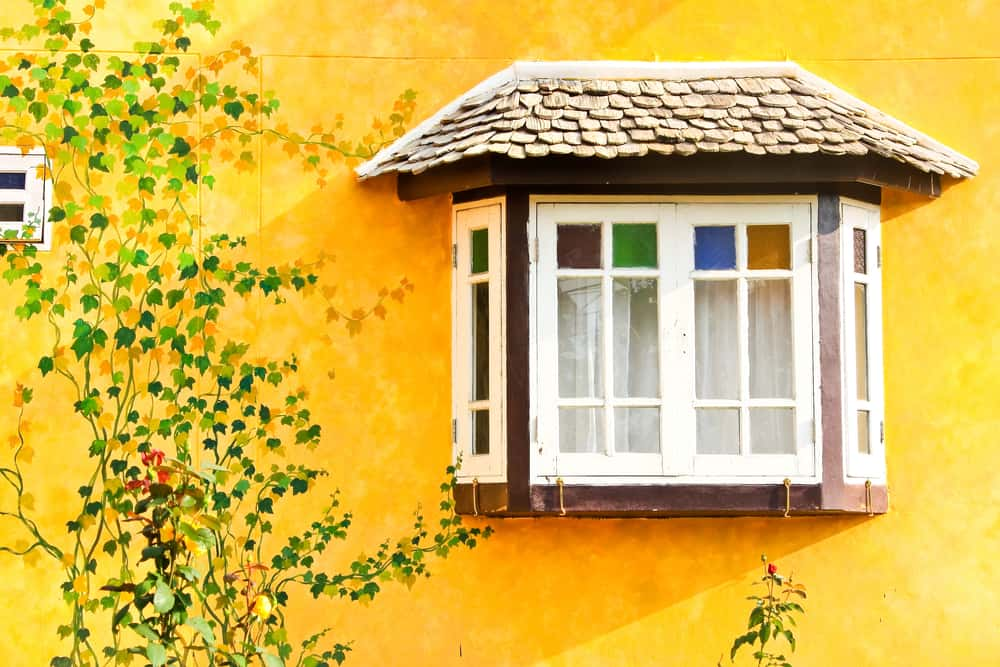The exterior of a house is what gives off its first impression. The paint you choose for the outer walls of your house has to serve multiple purposes – to make the house look attractive while protecting it from the natural elements of sun and rain. We bring to you the answers to a list of questions that come to everyone’s mind before painting the exterior walls of the house.
1. How to select exterior paint?
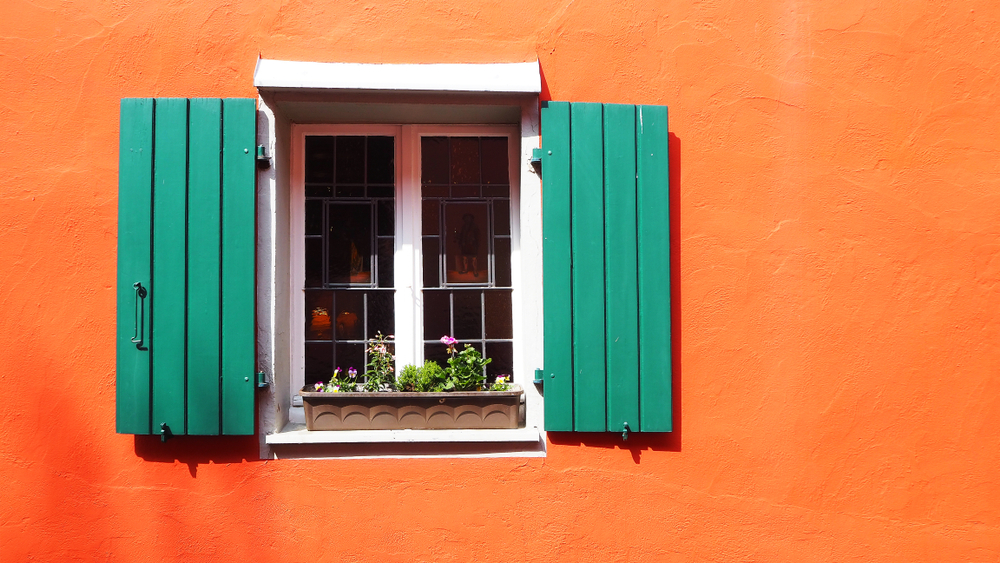
Your exterior paint colour will reflect your personality, style & choice. Make sure you know which paint can protect your house while giving it a chic look & stylish finish.
Do not hurry into choosing the colour as it’s not about only one wall, but the whole exterior of your house that you may not repaint before another 5 to 6 years at least. Keep the climate of your location in mind while choosing the colour.
Remember, lighter shades keep a house cooler in a warm climate as they absorb less heat; darker colours will keep your house warm in cooler climes. Since light-hued paints absorb less heat, they generally last longer than darker paints.
2. How to estimate paint quantity?
For determining the quantity of paint you’ll need to follow these steps:
- First, you first have to calculate the surface area of the exterior of your house properly.
- The surface area that needs to be painted divided by the average coverage rate of your chosen paint will give you an approximate required quantity of paint.
- It’s always better to buy a bit more than the approximate estimate so that you don’t run the risk of running out of paint at the last moment, as there’s a chance that the shade might not match exactly if you get it a second time.
- Also, readily available paint colours can be returned if excess, but specific shades that you have got mixed to get a particular hue will not be accepted back by the store, so take care while calculating the estimate for such customized paints.
3. Can we do a sampling of shades?
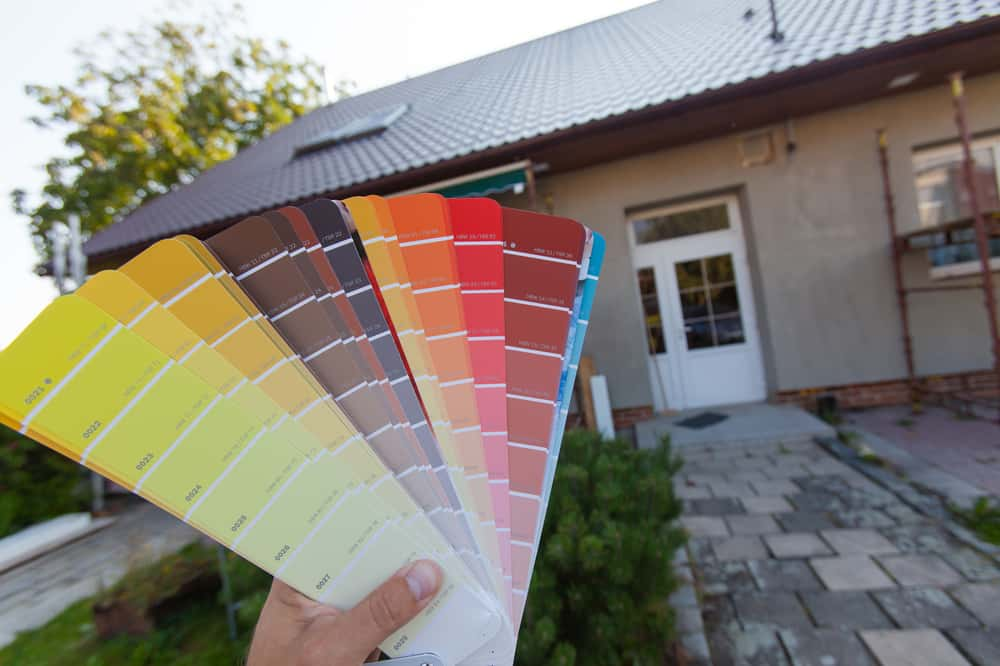
- Most major painting solution providers give you the option of sampling shades before going for the final one.
- You can buy sample sizes of colours you like and paint swatches of the same on the wall to see the effect in different lighting conditions.
- You can even use sample swatches to check how the shades – base, highlights & accents – in your colour palette look together.
4. How to select exterior paint finishes?
- Matt finishes are best for exterior paints as they have to face the harshness of all-natural elements, along with dust, dirt & grime.
- Flat & low sheen finishes are ideal as they don’t highlight surface imperfections.
- For trims & accents, higher sheen finishes are preferable, since they add drama to the exterior paint by creating breaks in the base colour.
- Choose a finish that will suit your wall texture, surroundings and budget too.
5. What kind of cleaning is required before exterior painting?
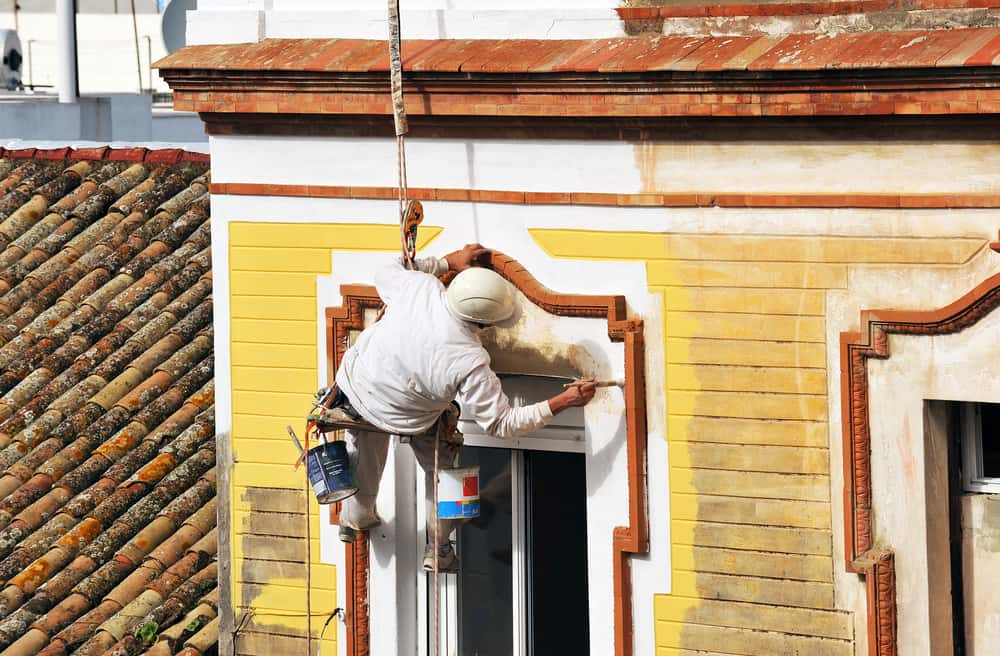
Thorough cleaning of the exterior surface is a must before jazzing it up with new coats of paint. When cleaning the exterior walls make sure all dirt, dust, mildew and other impurities are well-cleaned and removed properly.
To prepare the surface for fresh paint to adhere to it. Especially take care while cleaning the corners, around the doors & windows, under the cornices or in grooves where dirt & mildew might nestle deep. First clean the loose dust & cobwebs with duster, brooms or dry cloth, followed by extensive cleaning with water & detergent. Pressure washers or steady jets of water are best for cleaning exterior surfaces.
6. How to prepare the area for exterior painting?
An exterior painting job means working over a large area. You need to make ample preparations for getting the area ready for painting. To prepare the area for the exterior painting follows these steps:
- Cover with tarpaulin or plastic and tie back any shrubs or plants around the periphery of your house to save them from ugly paint splatters.
- Place drop cloths on the ground to ensure that the paint is applied to your walls only and the surrounding ground is saved from any smattering.
- You might even have to arrange for high ladders or erect temporary bamboo structures to get the higher levels painted.
7. How to select paint brushes and rollers for exterior painting?
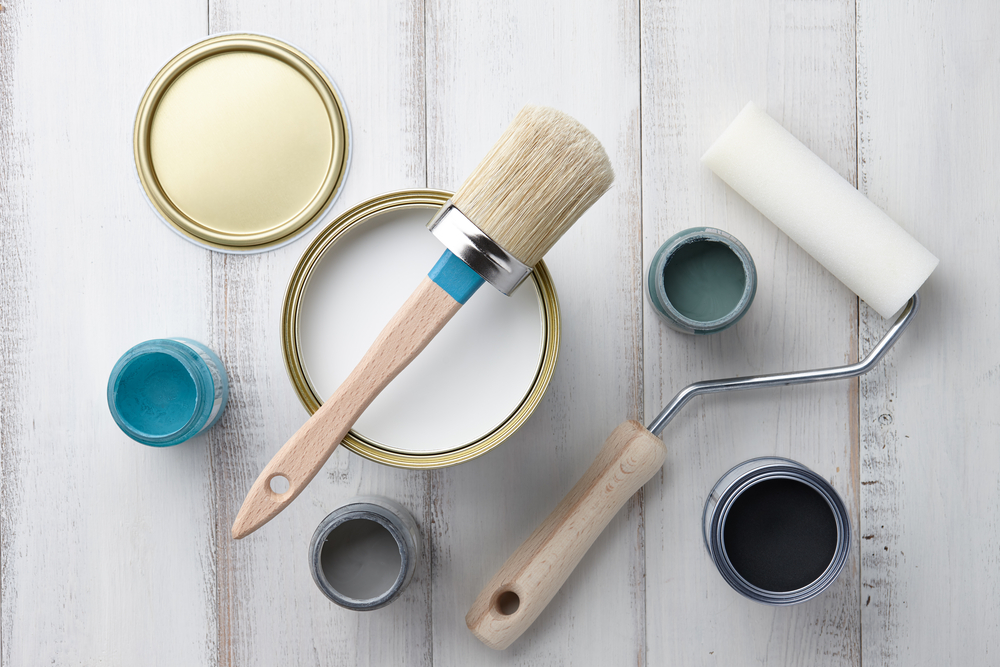
- Choose the paintbrushes or rollers depending upon the surface that is being painted.
- Large-sized brushes and big rollers are ideal for painting the base or the body.
- For painting in corners, grooves or niches, and trims, you would need smaller or angular brushes.
- Rollers with long handles work best for places too far to reach by hand.
- Choose rollers with plastic cores, rather than cardboard ones, as they are more durable and more suitable for repeated use.
- Make sure the rollers retain their shape even after squeezing or putting pressure so that the painting is flat & even throughout.
8. How to choose an exterior colour palette?
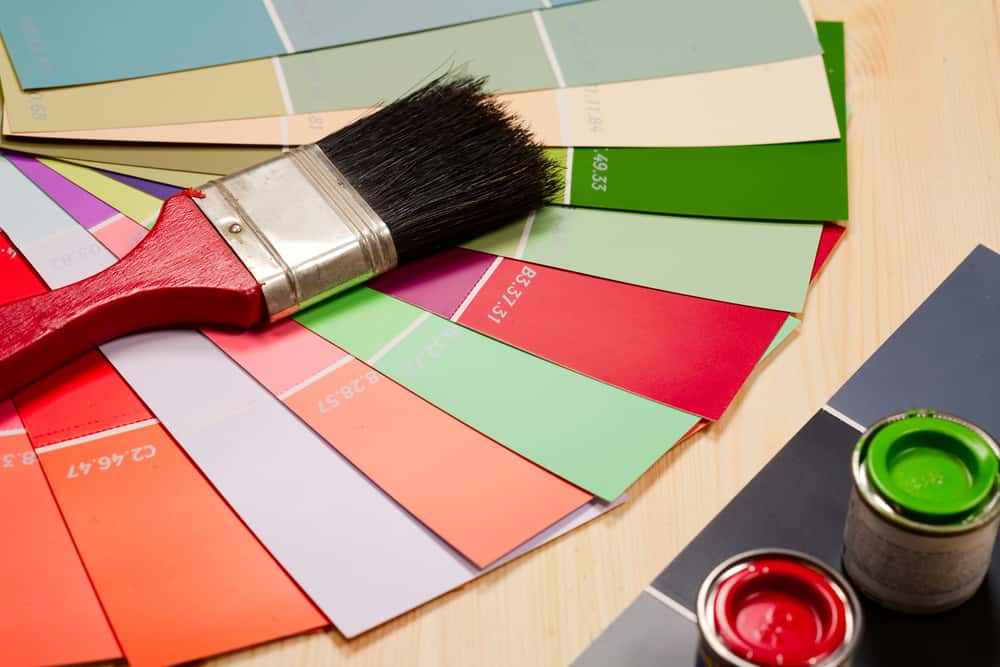
- A house does flaunt one main colour on the outside, but that shade is complemented by other hues used as secondary colour or as accents.
- Thus, you need to choose, not just one shade, but a whole colour palette consisting of 2 to 3 shades for the exterior of your house. It’s better not to mix warm & cool colours.
- For a warm colour palette, you can go for a mild yellow base with a golden yellow highlight and red accents; while for a cool colour story, you might choose a blue base with dark blue highlight & purple accents.
- Lighter colours are preferable as the base as they make your house look larger. Make sure you paint the trims in accent colours for an interesting look.
9. What is the best time for the exterior painting of the house?
The best climatic conditions for taking up an exterior painting project are clear & dry weather with minimum or no wind. Preferably, the humidity should be optimum – neither too high nor too low – as extreme humidity (both ways) can lead to irregular drying of paint and inconsistency in paint texture and appearance.
10. How long does it take for the paint to dry and cure?
Exterior latex paint generally takes around 3 to 5 days to dry, if conditions are not too humid. Once dry, the paint will settle and cure in about 15 to 30 days’ time. Oil paint, which is generally used for trims or doors & windows dry in a few hours and is cured within 5 to 7 days.
If unsure about whether the paint has cured or not, press a finger or nail lightly on an out-of-sight part of the surface; if it leaves an indentation, then the paint has not cured yet.
With all your exterior paint related quarries answered, you can now help your friends and family with making their perfect exterior paint choices. HomeLane is here to provide you with all your interior solutions, making sure that you are able to give your house a brand new look, like a pro!

